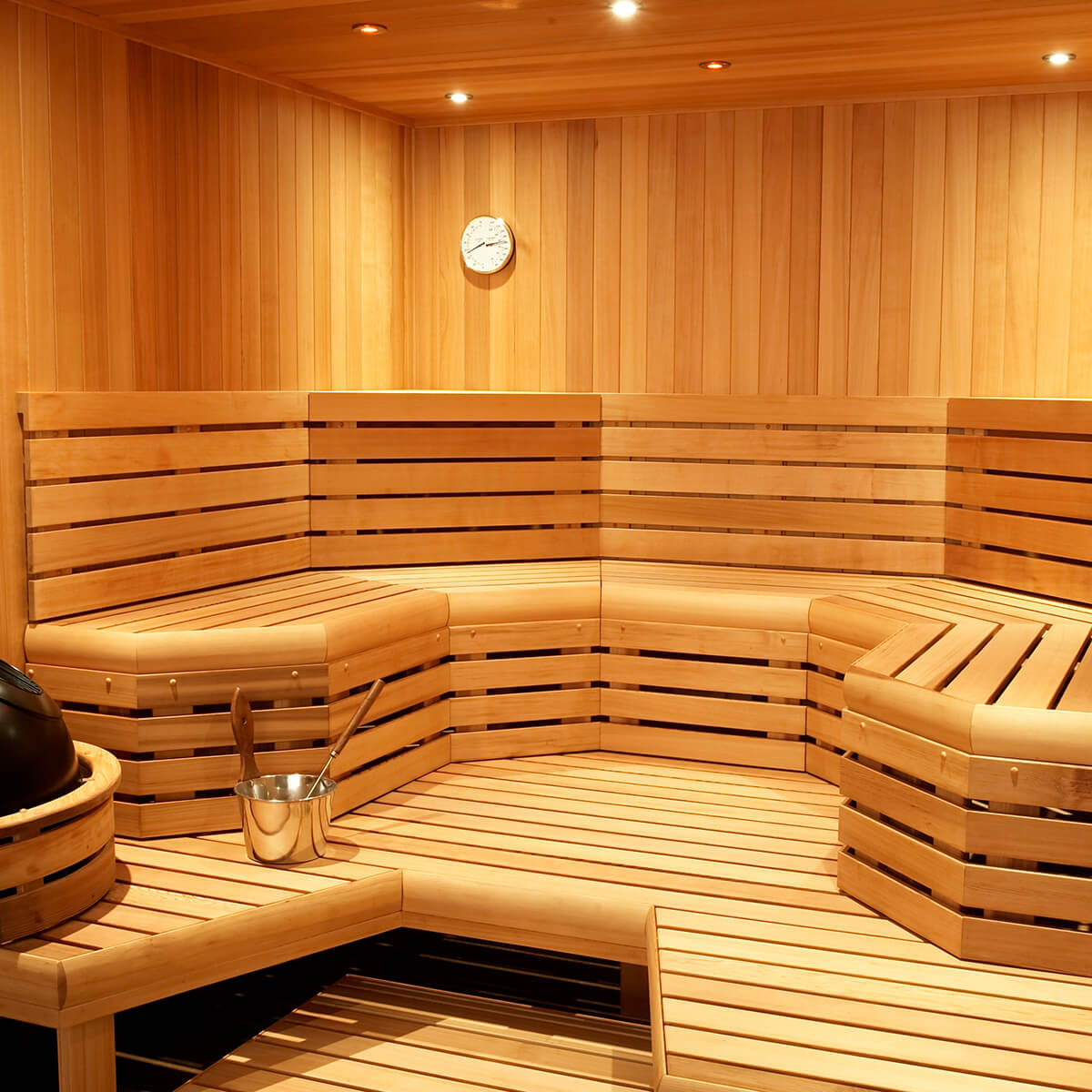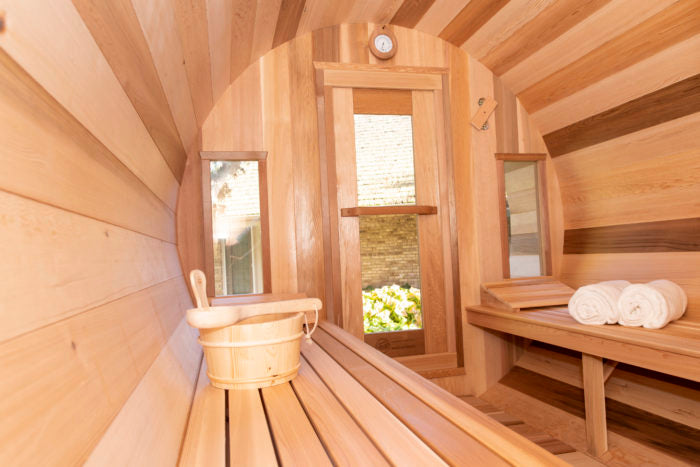Traditional Sauna Fundamentals Explained
Traditional Sauna Fundamentals Explained
Blog Article
Some Known Facts About Traditional Sauna.
Table of ContentsAll about Traditional Sauna9 Simple Techniques For Traditional SaunaThe Single Strategy To Use For Traditional SaunaSome Known Factual Statements About Traditional Sauna About Traditional Sauna
Most of the weight lost in a sauna is water loss and is re-gained upon rehydrating. Nonetheless, without a doubt sauna can be a fundamental part of a healthy weight reduction program. To check out the distinctions between conventional and IR saunas, I will certainly divide these into proven, academic, and made differences.Hence, the best point in the saunawhich goes to the ceiling directly over the sauna heateris usually between 185 and 190 F. Claims that a traditional sauna exceeds 200 F is just not real and not relevant for electrical saunas sold in the US. The temperature for a far-infrared sauna is normally established between 120 and 140 F; however, unlike the traditional sauna, the goal in and IR space is not to achieve a high temperature.
Since of this, the temperature level difference is practically unnecessary, given that excessive sweating leads to both sauna kinds, yet the technique of warming the body is various. In an IR sauna the bather will certainly feel warm and will sweat a lot, but at much lower temperatures (Traditional Sauna). Hence, if the objective is to invest longer durations of time in the sauna, the IR sauna is a good option
When a traditional sauna has been appropriately heated, the sauna wall surfaces are warm, the air temperature level has attained set temperature and the rocks are super warmed. As an interesting side note, the heated walls and the rocks are sending out far-infrared heat, integrated with the heated air, to develop an "enveloping heat".
What Does Traditional Sauna Do?

When the heat is accomplished, the elements cycle on and off to maintain the heat. The majority of conventional sauna individuals appreciate putting water over the rocks to develop steam to increase sauna humidity degrees. The benefits of pouring water over the rocks include: making the space extra comfortable, dampening the nasal flows, and enabling the usage of aromatherapy by blending necessary oils with the water.

When the energy gets in the body, it triggers the body temperature to increase and ultimately causes sweat. In an infrared sauna it is essential for the emitters/heaters to stay on practically continuously. Because there is no mass of rocks to keep heat, the sauna will certainly cool down if the emitters turned off.
As stated over, the sauna bather in an infrared space desires to position himself before running emitters to obtain optimal gain from the warm. The heating time for the two rooms can be really various, depending upon exactly how the rooms are used. For a typical sauna, a bather must allow 30-40 minutes for the area to achieve a wanted temperature level and to correctly pre-heat the rocks.
Some Of Traditional Sauna
A well created sauna will usually accomplish a temperature level of 150-160 F in concerning 30-40 minutes. For hotter temperature levels, the area may require to heat for a longer period.

Conventional saunas have a tendency to be larger (therefore make use of even more power) than infrared saunas, although conventional saunas are certainly available in one and 2 person sizes as well. For a two-person conventional sauna, 5x6 or 5x7 dimension is most prominent. The top bench can easily seat two or three people and is likewise enough time to relax during the sauna session.
Traditional Sauna - Questions
The typical price per kWH of electrical power in the U.S. is around $0.11, so a 4.5 kW heater will set you back around $.50 to run for one hour, check out this site if the heating system runs continuously for one hour. Commonly a sauna heater will compete 75% of the first hour and 50% of succeeding hours on given that the components cycle once the set temperature level is achieved.

There is a rarely reviewed difference in the social experience between the 2 spaces. While our culture has click here to read lost several of the social advantage of the typical sauna experience, it can be really socially satisfying (Traditional Sauna). From family members time in the sauna, to heart-felt discussions with better halves, to sauna partiesthe conventional sauna experience can result in intimate interacting socially
The Ultimate Guide To Traditional Sauna
Most higher end infrared spaces consist of tinted light treatment, sound systems and full-glass fronts.
Report this page